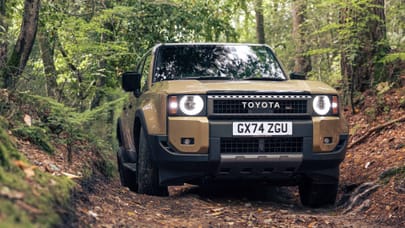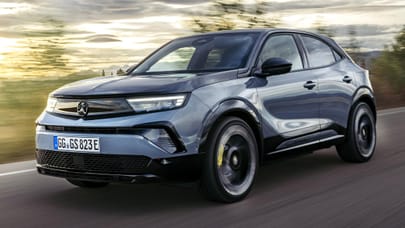
Lamborghini's next supercars will be plug-in hybrids
Hybrid Aventador and Huracan replacements, then an EV supercar in 2026
Lamborghini CEO Stefano Domenicali has confirmed that replacements for the Aventador and Huracan supercars, due in around 2020 and 2022 respectively, will be powered by plug-in hybrid powertrains.
On the face of it, this is troubling news. Batteries and motors mean more power, but also more weight. And as we all know, weight is the enemy. However, get ready for a silver lining.
“As long as I’m technical director, our super sports cars will not have a turbocharged engine, Maurizio Reggiani, Lamborghini’s chief technical officer, told us. “It’s about emotion. If you don’t have emotion, then you have nothing,”
What this means, Reggiani later clarified, is that the naturally aspirated V12 and V10 engines will live on for another generation, but with hybrid assistance, and a small electric-only range to help the company reduce its average emissions.
“The big questions are packaging and weight. Yes, this will be a silent Lamborghini, but push the accelerator and the engine will come. Silence will only last for some seconds then comes the sound.”
We can speculate all day about what form this hybrid assistance will take… so we will. Let’s assume Lamborghini borrows Porsche’s hybrid module from the Panamera Turbo S e-hybrid (that’s the Panamera that combines a 542bhp/568lb ft 4.0-litre twin-turbo V8 with a 134bhp electric motor, energized from a 14kwh lithium-ion battery pack, to boost total outputs to 671bhp and 626lb ft. This itself is a powertrain that’s hotly tipped for a plug-in hybrid Lamborghini Urus, but I digress).
Apply that maths to an Aventador S and you end up with around 860bhp and 566lb ft of torque, and a 30-mile EV-only range, with a circa 300kg weight penalty. Do the same to the standard Huracan and you end up with 728bhp and 471lb ft. The numbers, it appears, well and truly stack up, and there’s still time for battery density to improve and the price of carbon fibre and other exotic materials to come down, both of which will improve the power-to-weight ratio sums.
In the car world, two to four years is nothing, meaning both cars will already be deep into development. Which is why Domenicali is already looking well beyond that.
“I don’t think that the technology for a full electric Lamborghini will be ready until 2026,” he explained, referencing the Terzo Millennio concept (pictured) as proof that they’re ready when the technology catches up. “Hybrids are a step towards that.”
Domenicali also admitted that his engineers are working on not just solid state batteries (widely accepted to be the next great leap, once lithium-ion has reached its full potential), but the idea of a hydrogen-powered supercar the generation after that.
Top Gear
Newsletter
Thank you for subscribing to our newsletter. Look out for your regular round-up of news, reviews and offers in your inbox.
Get all the latest news, reviews and exclusives, direct to your inbox.
We’re talking 15, 20 years into the future now, but if Domenicali wants to attract a new generation of buyers, he needs to stay ahead of the curve: “I want to consult with teenagers, I want to see the world through their eyes, speak their language and their culture has to be reflected in our business.”
So, teenagers. Is an electric or hydrogen Lambo what you want?
Trending this week
- Car Review
BMW 1 Series
- Top Gear's Top 9
Nine dreadful bits of 'homeware' made by carmakers








